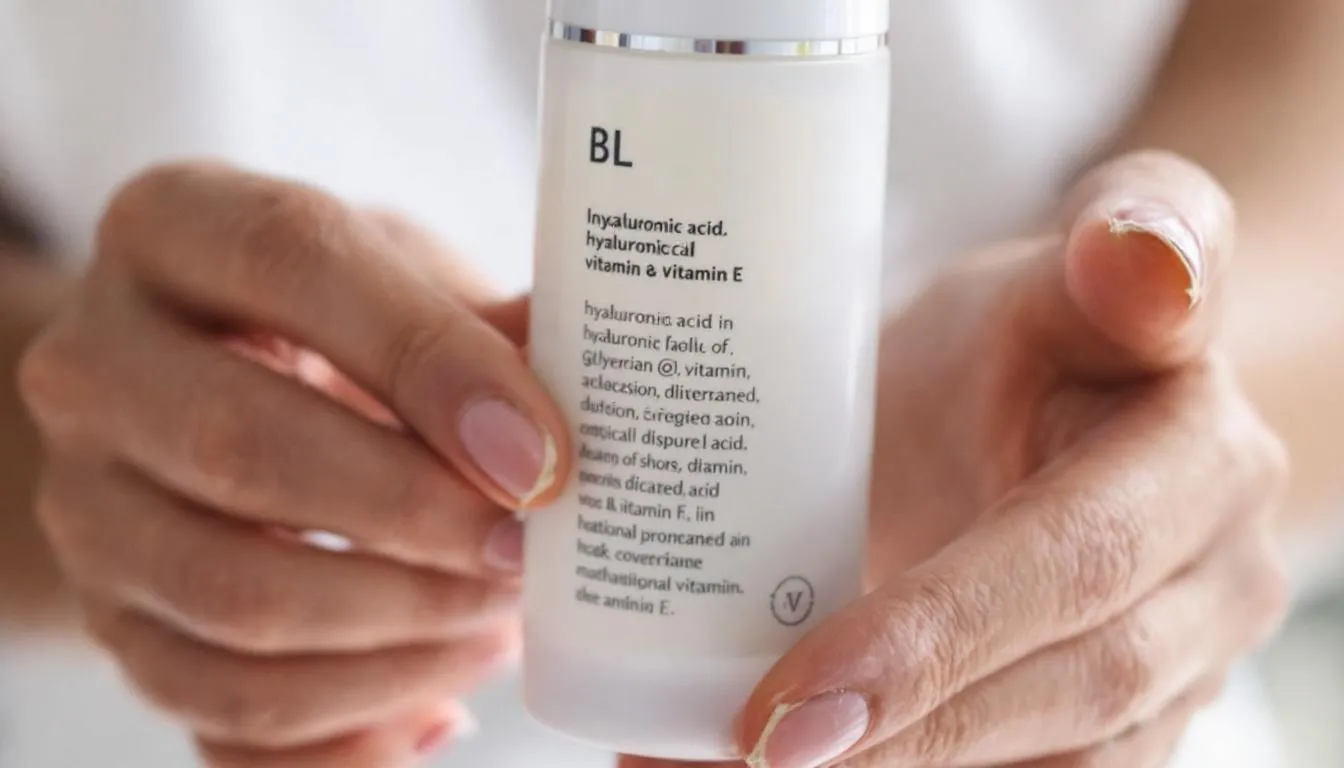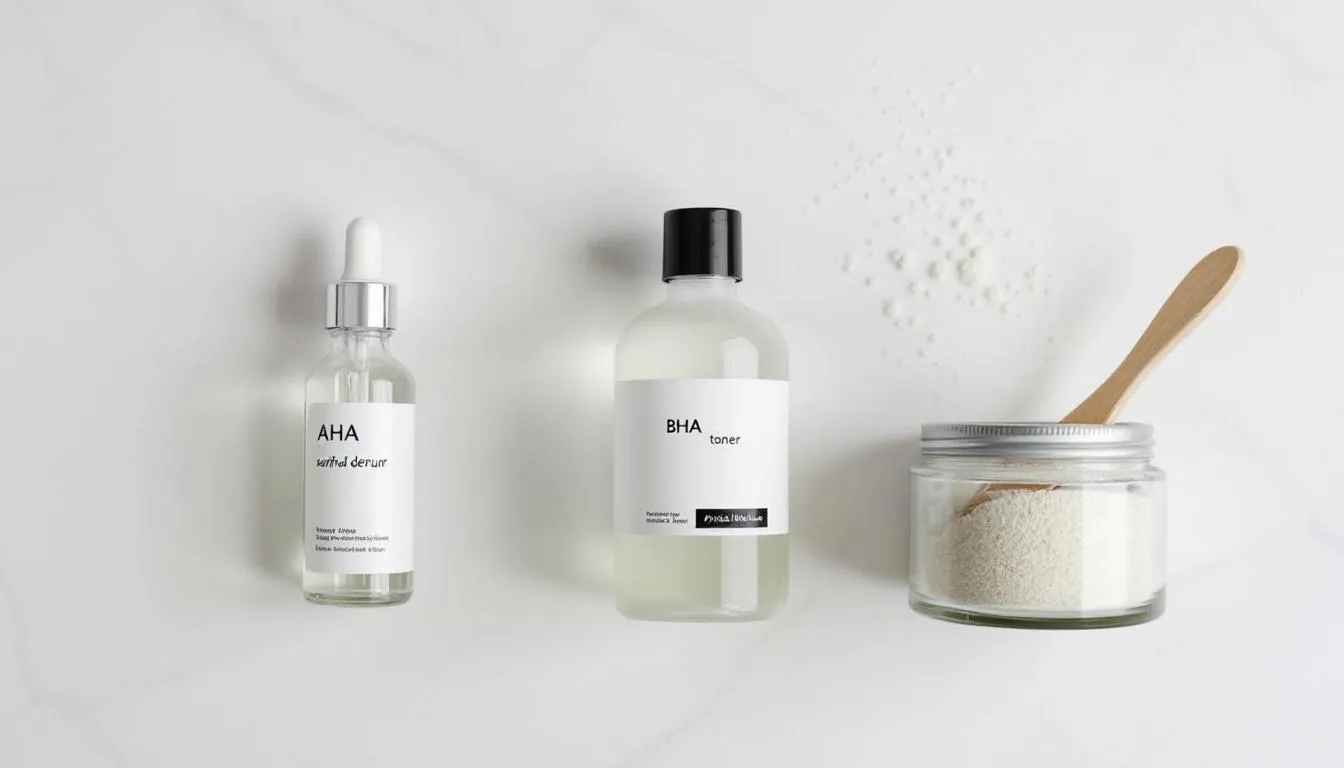Walking down the skincare aisle can feel totally overwhelming. With so many products promising miracle results and ingredient lists that look like complex chemistry, it’s hard to know what really works. The secret? Understanding skincare ingredients and how they actually work on your skin.
The skincare world is booming, and more people than ever are getting savvy about what they put on their skin. Knowing the science behind your products isn’t just a nice-to-have—it’s key to making smart choices that truly benefit your skin.
In this guide, we’re breaking down the skincare ingredient puzzle. You’ll learn which ingredients deliver real results, how they work, and how to use them safely, no matter your skin type or concerns. From powerful anti-aging heroes to gentle hydrators, we’ve got you covered.
Understanding Skincare Ingredients: The Building Blocks of Great Skin
Skincare ingredients are the magic behind your favorite products. Each one has a job—from tackling dryness to smoothing wrinkles or calming irritation. They can be natural or synthetic, and their power depends on how well they get through your skin’s layers to do their thing.

How Ingredients Work Their Way Into Your Skin
Your skin has three main layers: the epidermis (the outer shield), the dermis (where collagen lives), and the subcutaneous layer (which cushions and insulates). Most skincare ingredients target the epidermis and upper dermis to fix things like dryness, uneven tone, and early signs of aging.
The top layer, called the stratum corneum, acts like a gatekeeper. To work their magic, ingredients need the right size and formula to get through this barrier. That’s why knowing how ingredients work is so important if you want to see real change. Take hyaluronic acid, for example—it’s a hydration superstar that pulls moisture into your skin, making it plump and happy. It is often heralded as the savior of dry skin due to its water-loving properties.
Active vs Inactive Ingredients: What’s the Difference?
When you check out a skincare product, you’ll see two types of ingredients. Actives are the stars—they target issues like wrinkles or acne and deliver visible benefits.
Then there are inactive ingredients, which might sound boring but are just as important. They keep the formula stable, preserve freshness, and help deliver the actives deep into your skin. Without them, the actives wouldn’t stand a chance.
Decoding Ingredient Labels with INCI Names
Ingredient lists can be confusing, but the International Nomenclature of Cosmetic Ingredients (INCI) system gives us a universal language to understand what’s inside. This skin care ingredient dictionary helps you spot ingredients no matter the brand or where you shop.
For example, “sodium hyaluronate” might sound fancy, but it’s just another name for hyaluronic acid. Knowing these names helps you pick products that suit your skin and avoid anything that might cause irritation.
Why Concentration and Formula Quality Matter
Not all products are created equal. A cream might have vitamin C, but if it’s only a tiny amount or the formula isn’t stable, you won’t get the brightening benefits you want.
Good formulations make sure ingredients work together, not against each other. Things like pH level and delivery systems play a big role in whether an ingredient can truly improve your skin or just sit on the surface.
Must-Know Active Ingredients for Anti-Aging
Fighting the signs of aging means targeting collagen loss, cell damage, and dryness. Here are some tried-and-true ingredients that help keep your skin looking youthful and healthy.
Retinoids: The Collagen Boosters
Retinoids (think retinol and tretinoin) are the gold standard for anti-aging. They encourage your skin to produce more collagen and speed up cell turnover, smoothing wrinkles and evening out skin tone. Retinol can lead to skin irritation if used incorrectly, but has transformative benefits when applied properly.
They work deep in your skin, but they can cause dryness and irritation at first. That’s why starting slow is key—try using retinol once or twice a week and build up as your skin gets used to it.
Vitamin C: Your Skin’s Antioxidant Shield
Vitamin C is a powerful antioxidant that protects your skin from damage and helps brighten your complexion. The most effective form, L-ascorbic acid, needs to be in the right concentration and formula to work well. Antioxidants neutralize harmful free radicals and can be used to prevent aging and calm inflammation.
Use vitamin C in the morning to shield your skin from daily stressors, and always follow with sunscreen.
Peptides: The Skin’s Messengers
Peptides are tiny chains of amino acids that tell your skin to make more collagen and elastin. They’re small enough to get into your skin and help firm and repair it over time.
Hyaluronic Acid: The Hydration Hero
Hyaluronic acid can hold up to 1,000 times its weight in water, making it amazing for keeping skin hydrated and plump. Different sizes of hyaluronic acid molecules work at different depths to give your skin a moisture boost right where it needs it.
The best part? It plays well with almost every other ingredient, making it a great addition to any routine.
Exfoliation: Chemical vs Physical
Exfoliating helps remove dead skin cells from your skin’s surface, revealing smoother, brighter skin and helping other ingredients sink in better. Chemical exfoliants are usually gentler and more precise than scrubs, which can sometimes irritate.

AHAs: Glycolic, Lactic, and Mandelic Acids
AHAs are water-soluble acids that help break apart dead skin cells. Glycolic acid, from sugarcane, is the strongest but can be irritating if you’re new to acids. It also helps your body produce collagen and exfoliates the skin.
Lactic acid is gentler and hydrates while exfoliating, perfect for dry or sensitive skin. Mandelic acid is the mildest, great for sensitive or acne-prone skin. Lactic acid also helps hydrate and protect the skin from environmental impurities.
BHAs: Salicylic Acid
Salicylic acid is oil-soluble, so it can dive deep into pores to clear out gunk and reduce breakouts. It’s great for oily or acne-prone skin and also calms inflammation.
PHAs and Enzymes: Gentle Options
PHAs and enzyme exfoliants like papain and bromelain offer gentle exfoliation for sensitive skin without the risk of irritation.
How Often to Exfoliate
Start slow—once or twice a week—and see how your skin reacts. Overdoing it can cause redness and sensitivity. Always use sunscreen after exfoliating since your skin is more vulnerable to the sun.
Hydrating and Moisturizing Ingredients
Keeping skin hydrated means combining ingredients that attract water, soften the skin, and lock in moisture.
Humectants: Water Magnets
Hyaluronic acid, glycerin, and sodium PCA pull moisture into your skin, giving an instant hydration boost.
Emollients: Skin Softeners
Ingredients like squalane and ceramides fill in gaps between skin cells to smooth and repair your skin’s barrier.
Occlusives: Moisture Sealers
Petrolatum and dimethicone create a barrier to lock in moisture, keeping your skin hydrated longer.
Natural Oils
Oils like jojoba, rosehip, and argan provide nourishment and antioxidants while helping to keep skin soft. facial oils
Building Your Skincare Routine
Start simple with a gentle cleanser, moisturizer, and sunscreen. Once your skin feels balanced, introduce actives slowly—one at a time, a few times a week.
Listen to your skin, patch test new products, and adjust based on how your skin reacts. Remember, great skincare is a journey, not a race.
With patience and the right ingredients, you can build a routine that keeps your skin healthy, hydrated, and glowing for years to come.





